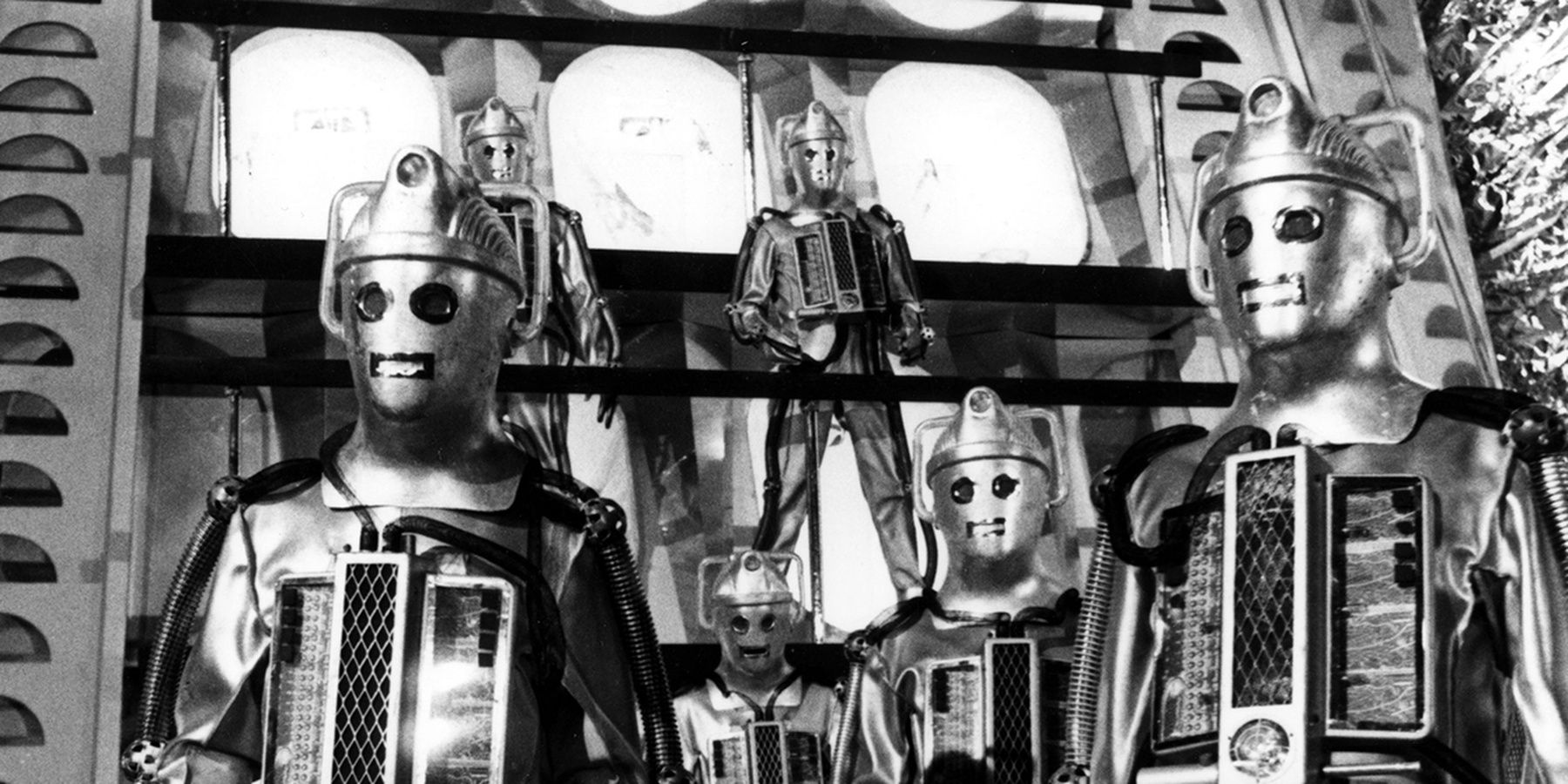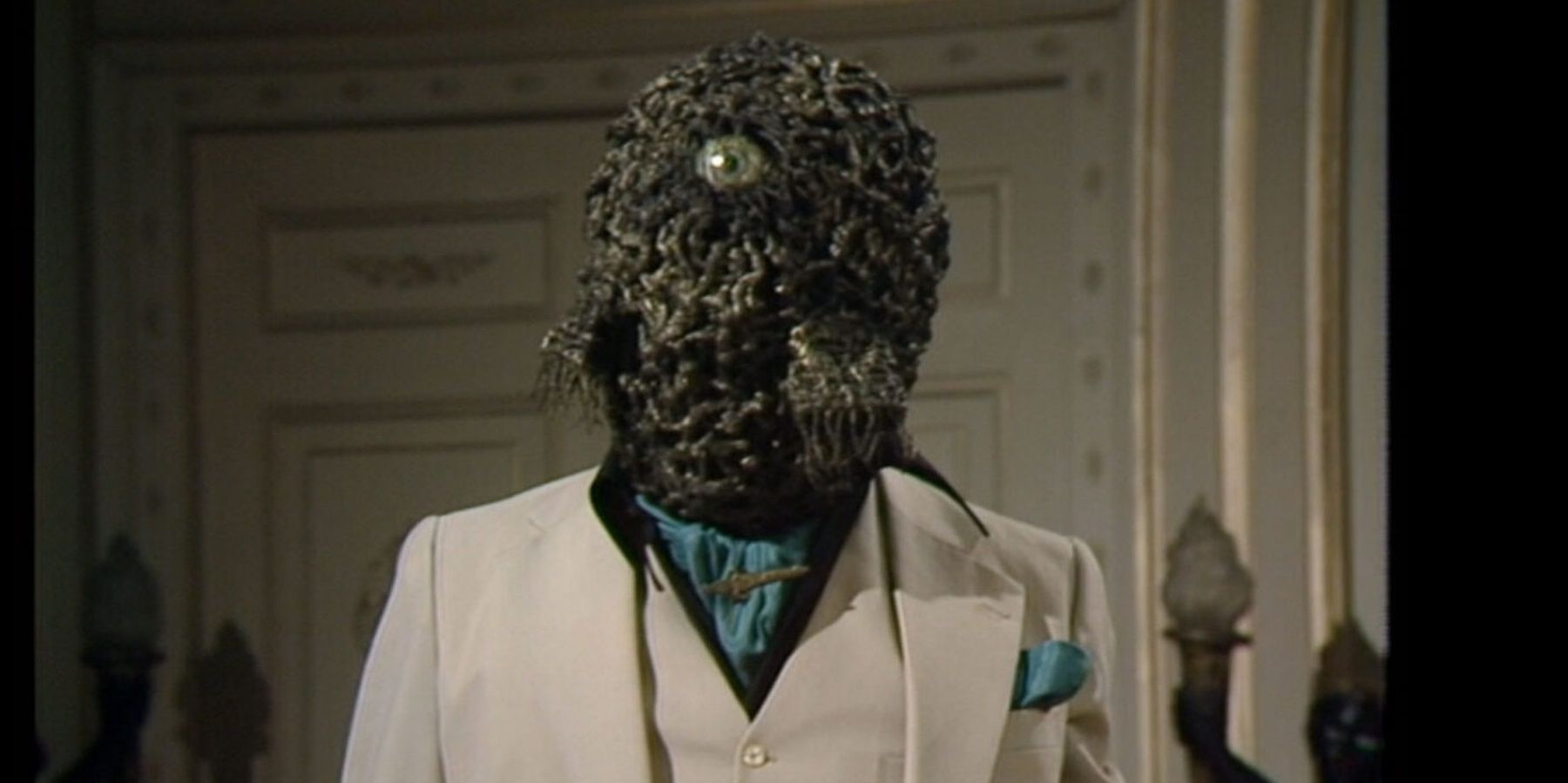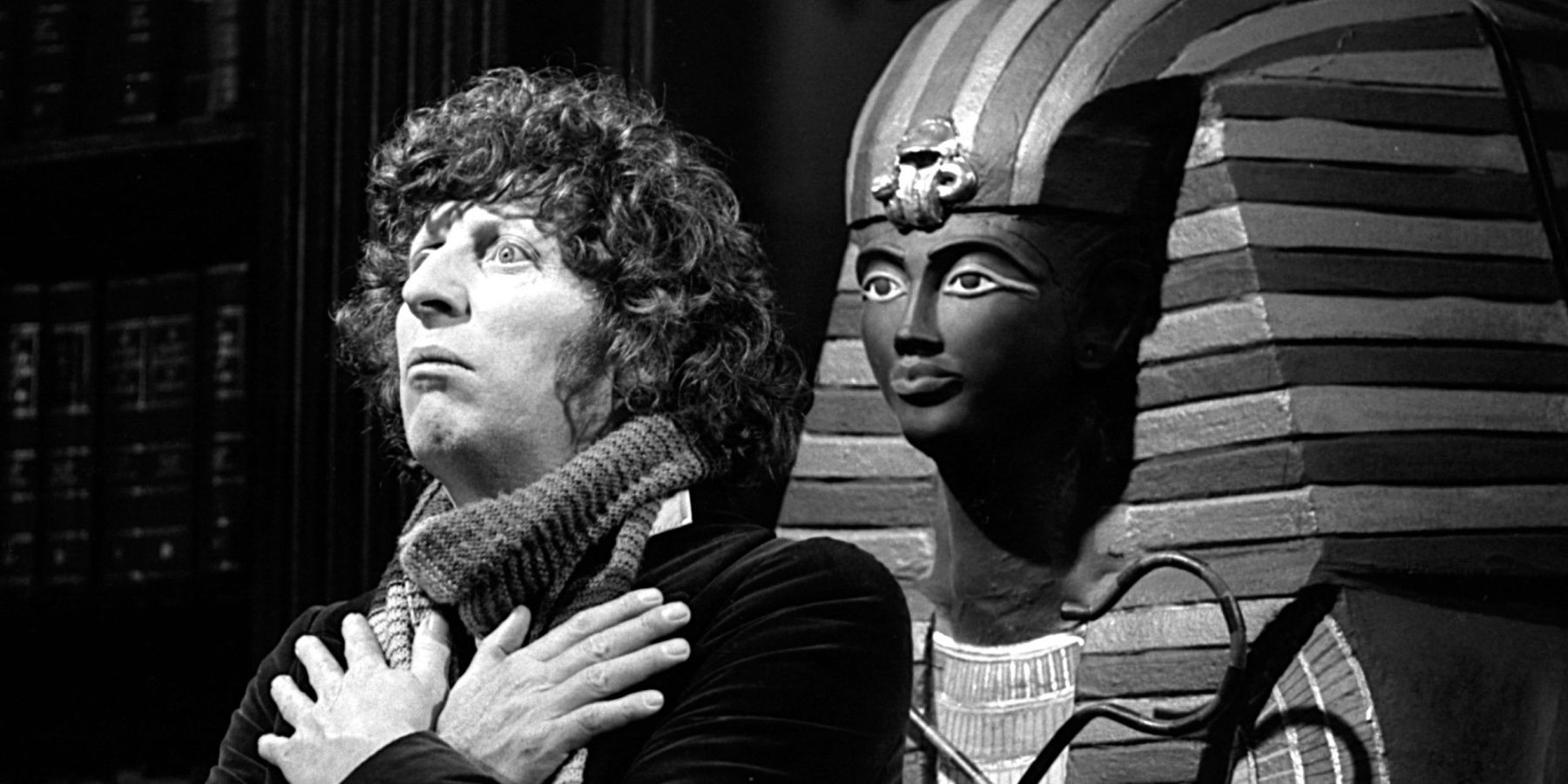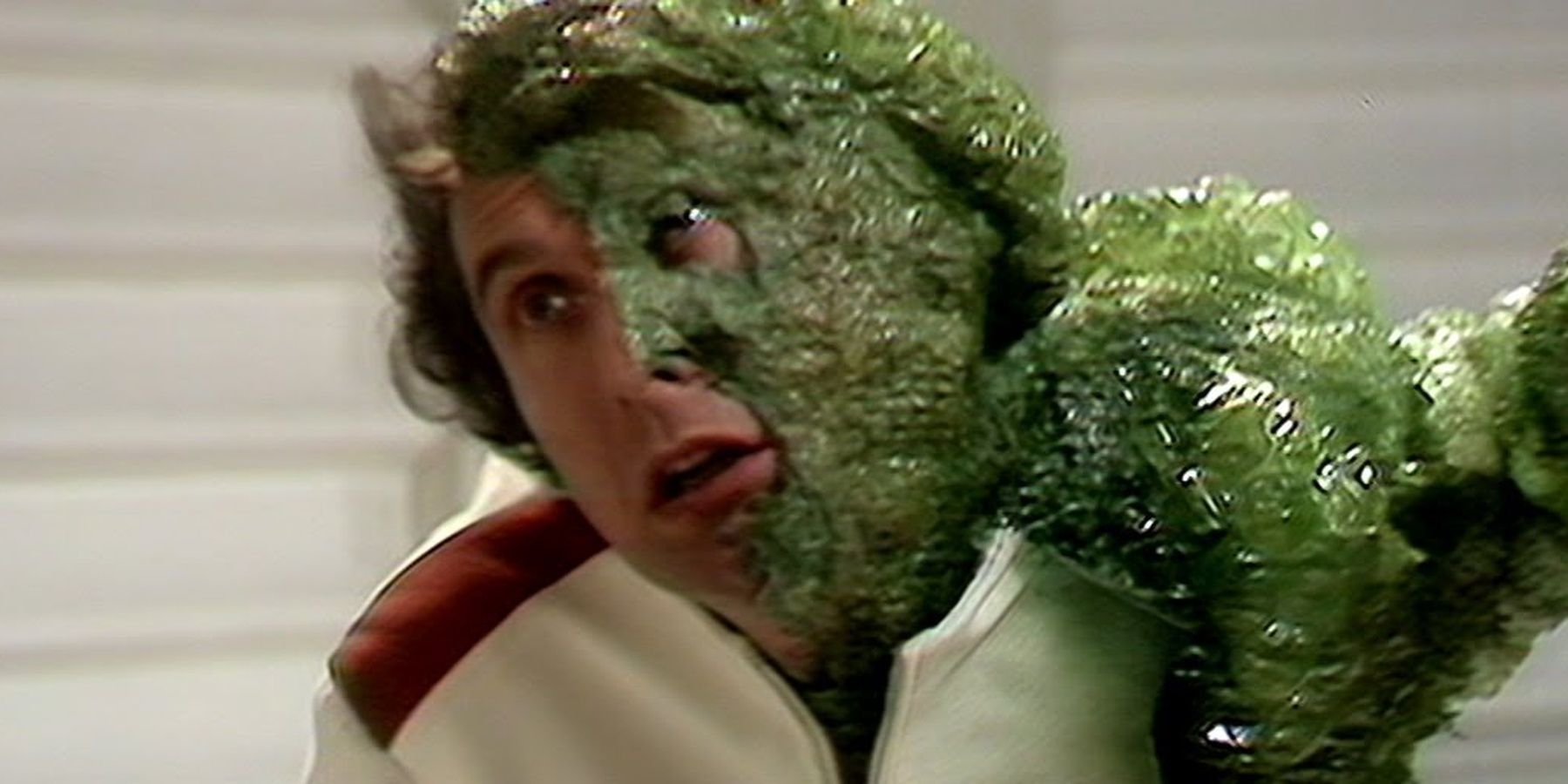Getting deep into the lore of Doctor Who can be a daunting prospect for new viewers. The show has an almost 60-year history, with multiple actors playing the lead role in multiple different styles. The show plays with time and has a huge wealth of history and lore to it, with myriad villains and multi-season story arcs that often require prior knowledge of the show to fully understand.
For new viewers of the show or those who first became fans with the 2005 revival, jumping into some of the classic series' episodes can be difficult. Where does someone with no prior experience begin with the show before The Ninth Doctor's start? It might seem intimidating, but there are plenty of classic standalone episodes that are easy to jump into for unfamiliar viewers. This article takes a look at some of the best.
Tomb of the Cybermen (1967)
In this Season 5 serial, starring Patrick Troughton as The Second Doctor, an archeological dig on the planet of Telos uncovers the entrance to a strange tomb on the side of a mountain. As the dig team tries to enter the strange door, it electrocutes one of the members. Luckily for them, The Doctor happens to have landed his TARDIS nearby, and with the help of him and his companions, the team is able to enter the tomb. Unfortunately, what lies beyond the door is an army of frozen Cybermen waiting to come back to life and continue their galactic conquest.
The only Cybermen storyline from the 1960s to survive in its entirety, "Tomb of the Cybermen" is a fun thriller of a serial. It's packed with betrayal and action that viewers don't have to be familiar with Doctor Who to enjoy. It is also the first appearance of the Cyber Controller and the Cybermats in the series.
City of Death (1979)
This serial City of Death from the seventeenth season of the show features the Fourth Doctor (Tom Baker) and his Time Lady companion Romana (Lalla Ward) touch down in Paris and come up against alien Scaroth, who is attempting to steal the Mona Lisa. Why does Scaroth want the famous painting? To fund time travel experiments in order to help him go back in time and stop the extinction of his race. The story appeals to both history and sci-fi nerds: it features art forgery, the actual Leonardo da Vinci, and a very cool alien design.
The episode was penned by "David Agnew," a pseudonym encapsulating David Fisher, Graham Williams, and Douglas Adams. It has been praised over the years and is now considered one of the best from the classic Who era, despite not receiving much critical acclaim at the time. The story had cameos from John Cleese and Eleanor Bron and carried Douglas Adams' trademark humor.
The Dalek Invasion of Earth (1964)
An episode from Series 2 of the show featuring the First Doctor (William Hartnell), The Dalek Invasion of Earth is the second appearance of the Daleks in the show. The Doctor and Susan, Ian, and Barbara land in London, his companions thrilled to be home. However, the Doctor can't reconcile their joy with the decay and quiet around them. It turns out they have landed in the 22nd Century, and all is not well. There are bodies in the Thames River and the city appears ruined. What could have caused this? As the Doctor and his companions soon find out, the Daleks are behind the state of the city, and in fact, have already conquered the Earth.
This was the second appearance of the Daleks, and the story that took them from interesting villains to the iconic adversaries that fans of the modern series will recognize. Filled with non-stop action and a gripping post-apocalyptic storyline, the story also features an iconic speech from the Doctor to his granddaughter Susan, as the episodes marked her departure from the show.
Pyramids of Mars (1976)
Filled to the brim with Egyptian mythology nods, this story from the thirteenth season sees Tom Baker's Fourth Doctor come up against Sutekh the Destroyer, a member of the almost extinct Osiran race who is lurking beneath a Victorian mansion waiting to enact his destruction of all life. Along with fan-favorite companion Sarah Jane Smith, The Doctor travels from England, to Egypt, to Mars to solve the riddle of the Osirans and how to stop Sutekh from enacting his plan.
With mummies roaming the grounds of a mansion, robots, and a tie-in to the creation of UNIT headquarters, the "Pyramids of Mars" story is full of both Egyptian and show mythology. Fans of the modern series will likely recognize Sarah Jane Smith from her reappearance during the Tenth Doctor's era, and have a blast seeing her in her heyday as a companion. The story utilizes Ancient Egyptian symbolism and aesthetic in an inventive way, and the location-hopping and time tunnel manipulation add even more excitement to a great premise.
The Ark In Space (1975)
Another Fourth Doctor story, "The Ark in Space" is considered by Steven Moffat to be the best Fourth Doctor story, and is Russell T. Davies' favorite story from the classic series of Doctor Who. The Doctor, Sarah, and Harry materialize on board a space station filled with thousands of humans in cryogenic sleep. The sleeping humans have also been invaded by a parasitic insect race known as the Wirrn, whose appearance on board threatens the future existence of humankind.
Featuring giant space bugs, absorbing green goo, and mind control, "The Ark in Space" is a scary space opera in the vein of Alien with the story preceding the Ridley Scott classic by several years. Thrilling, tense, and brimming with scary monsters, the story is a must-see classic. It's everything that made the classic series of Doctor Who great.

.jpg)




